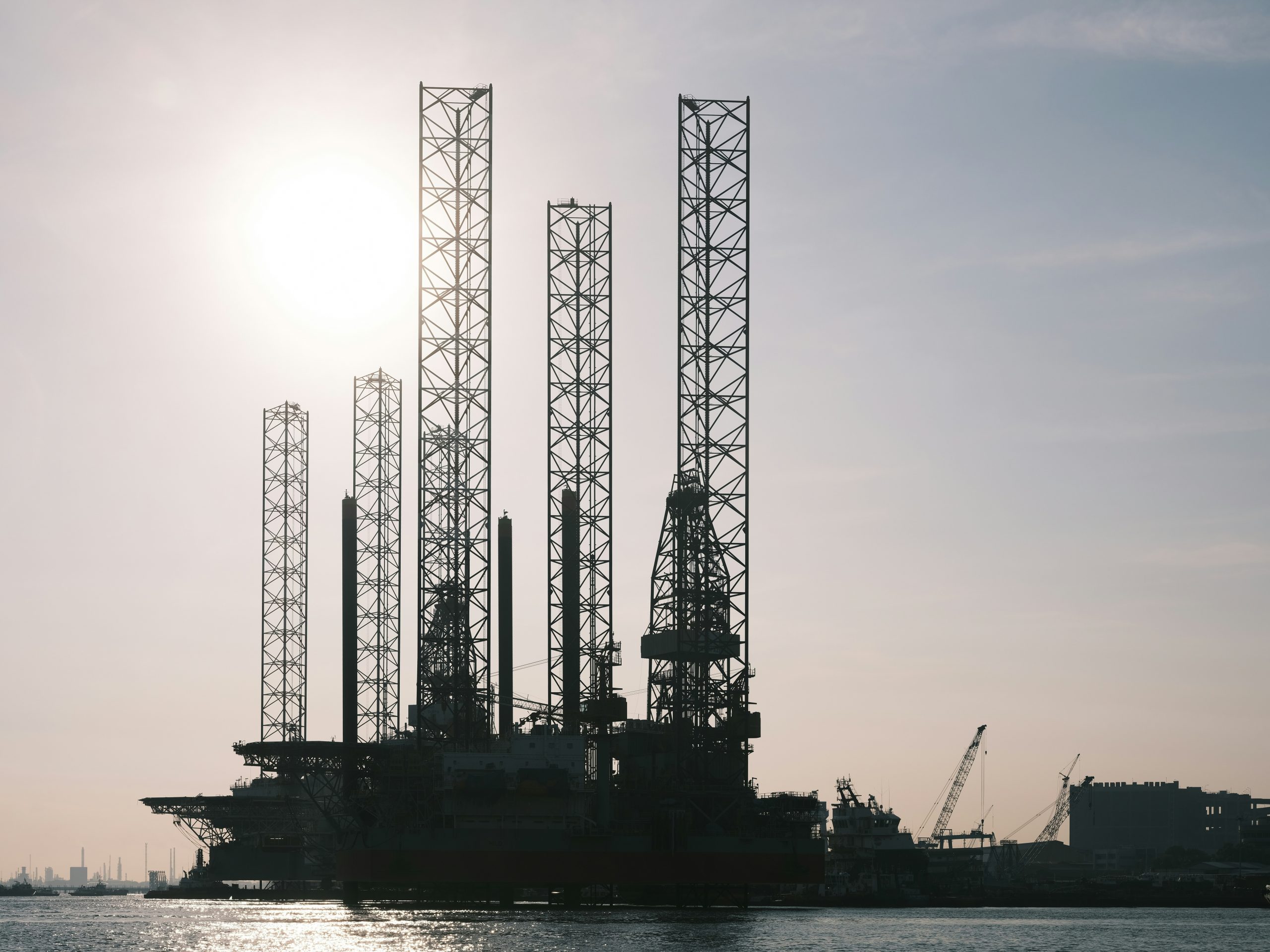
Oil wells play a pivotal role in supplying the world with the energy required to power industries, transportation, and homes. As a critical component of the energy production process, these wells extract crude oil from beneath the earth’s surface, transforming a natural resource into one of the most significant energy sources in the global economy.
Exploring the Origin of Oil and its Global Impact
Crude oil, found in underground reservoirs, is formed over millions of years through the decomposition of organic materials under high pressure and temperature. Geologists identify potential oil-rich areas using seismic surveys, and once identified, drilling begins to access these reserves. The oil extracted from wells is refined into fuels like gasoline, diesel, and jet fuel, as well as non-fuel products such as plastics and chemicals, supporting countless industries worldwide.
How Oil Wells Work: Drilling and Extraction Process
The drilling process begins with constructing a sound pad, followed by inserting a drill bit to reach the underground oil reservoir. In modern energy production, horizontal drilling and hydraulic fracturing (fracking) have significantly enhanced extraction efficiency. Once the oil well reaches the desired depth, steel pipes are inserted to stabilize the borehole, and cement is added to prevent contamination between the oil and surrounding formations.
Pump jacks or other artificial lift mechanisms are often used to bring the oil to the surface, especially in mature wells where natural pressure is insufficient. From the surface, the crude oil is transported through pipelines or trucks to refineries for processing.
Types of Oil Wells: Production, Exploration, and Injection Wells
Production Wells: These are the primary wells that extract crude oil for commercial purposes. Depending on the size of the reservoir and extraction rate, they can operate for decades.
Exploration Wells: These wells, also known as wildcat wells, are drilled to explore potential oil reserves. If a viable deposit is found, additional production wells are established.
Injection Wells: To maximize production, injection wells pump water, gas, or chemicals into reservoirs to maintain pressure and drive oil toward production wells. This technique is essential for enhancing oil recovery in aging fields.
Oil Wells and Their Place in the Global Energy Mix
Oil wells are vital in meeting global energy demands, accounting for nearly 30% of the world’s primary energy consumption. Despite efforts to transition towards renewable energy, oil remains an essential energy source for transportation and industrial processes. The vast infrastructure supporting oil extraction, refining, and distribution demonstrates the oil industry’s importance to the global economy.
Environmental and Social Challenges of Oil Production
While oil wells contribute significantly to energy production, their operation raises environmental and social concerns. Drilling can result in deforestation, habitat disruption, and the potential for oil spills, which harm ecosystems and marine life. Additionally, the release of greenhouse gases from burning fossil fuels contributes to climate change, prompting governments and industries to explore cleaner energy alternatives.
The extraction process can also affect local communities, leading to debates around land use, water consumption, and public health. Many companies now implement sustainability practices, such as reducing methane emissions, improving waste management, and investing in environmental restoration programs to mitigate these impacts.
Innovations Shaping the Future of Oil Wells
Technological advancements are transforming oil production, making it more efficient and sustainable. Innovations like digital oilfield technology use real-time data to optimize operations, reduce downtime, and improve safety. Enhanced Oil Recovery (EOR) techniques, such as carbon capture and storage (CCS), help extend the life of oil fields while reducing carbon emissions.
Automation is also gaining momentum, with remote-controlled drilling rigs and AI-powered monitoring systems increasing productivity and safety. These innovations highlight how the oil industry is evolving to meet environmental challenges and stay competitive in a changing energy landscape.
Balancing Oil Production and the Energy Transition
Although oil wells are crucial in energy production today, the global shift toward renewable energy sources like solar and wind presents both challenges and opportunities for the oil industry. Energy companies are diversifying their portfolios, investing in green technologies, and pursuing hybrid strategies that blend oil production with sustainable initiatives.
The transition to cleaner energy will not eliminate the need for oil overnight, but it emphasizes the importance of responsible production and environmental stewardship. Many oil companies now incorporate sustainability goals into their operations, seeking to reduce their carbon footprint while continuing to meet energy demands.
The Role of Oil Wells in a Dynamic Energy Future
Oil wells are integral to the modern energy system, providing the raw material for essential fuels and products. As the world balances energy production with environmental sustainability, the oil industry must navigate complex challenges to remain relevant. Through technological innovation and responsible practices, oil wells will continue to play a role in meeting global energy needs while contributing to the evolving energy landscape.
This dynamic environment underscores the importance of adapting traditional energy production methods to align with future goals—ensuring that oil wells remain part of the solution in a rapidly changing world.